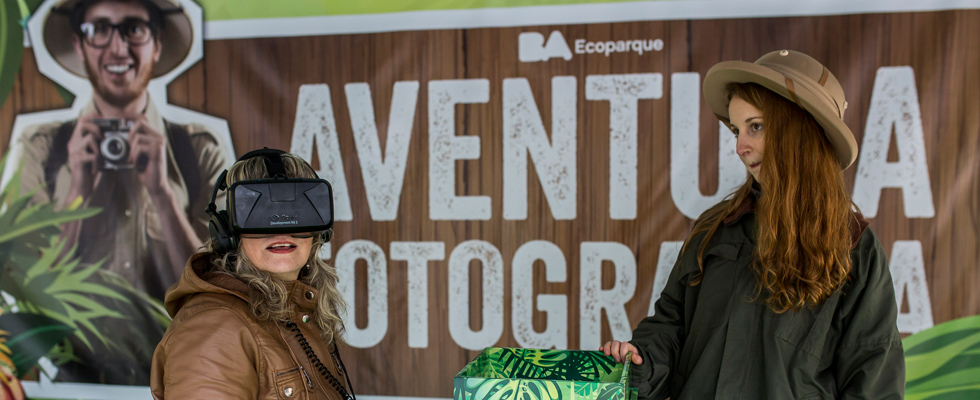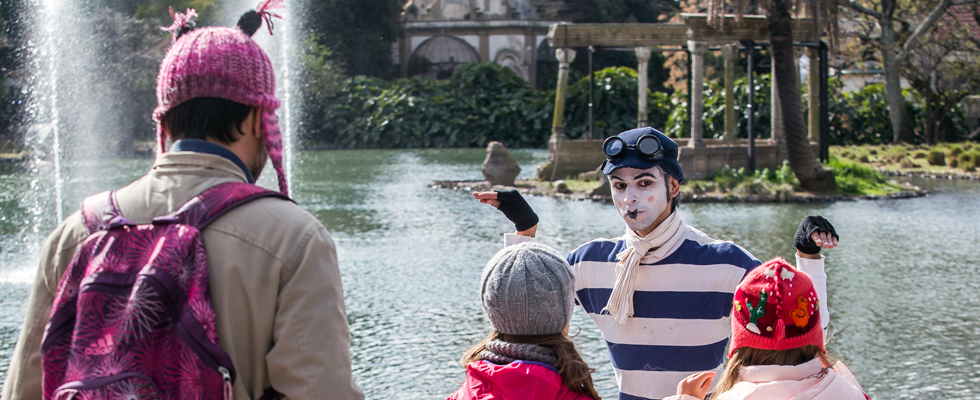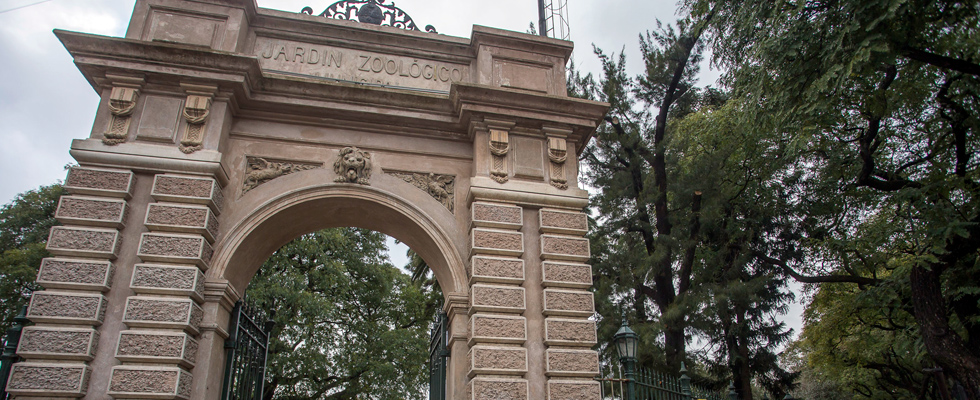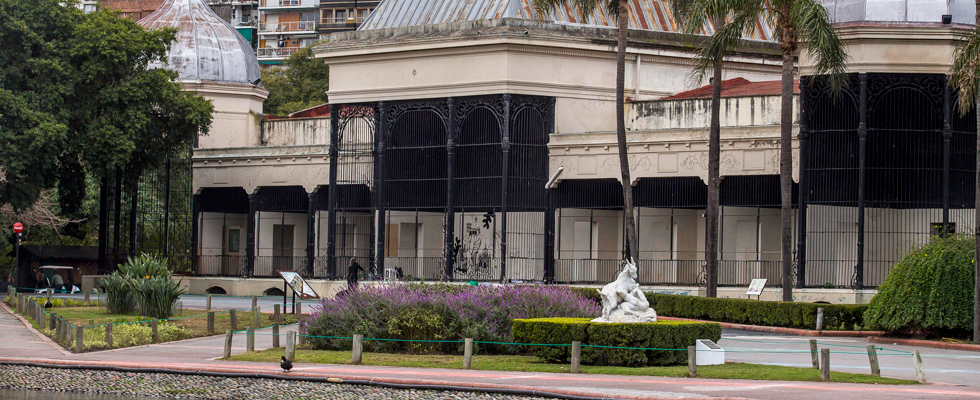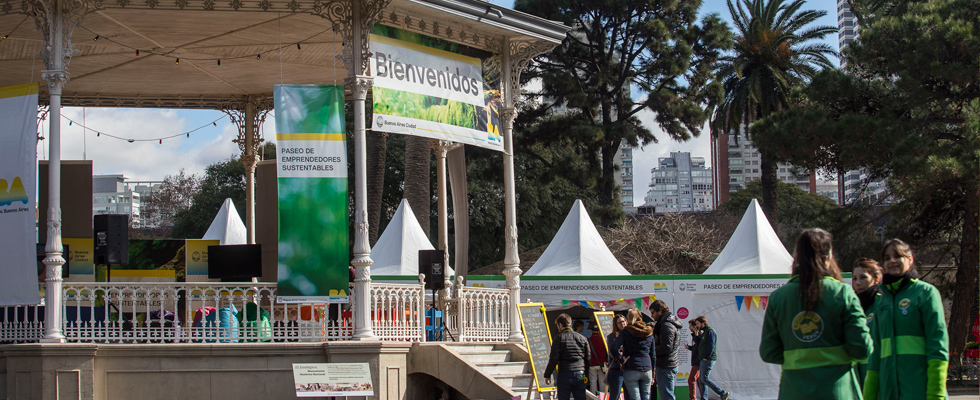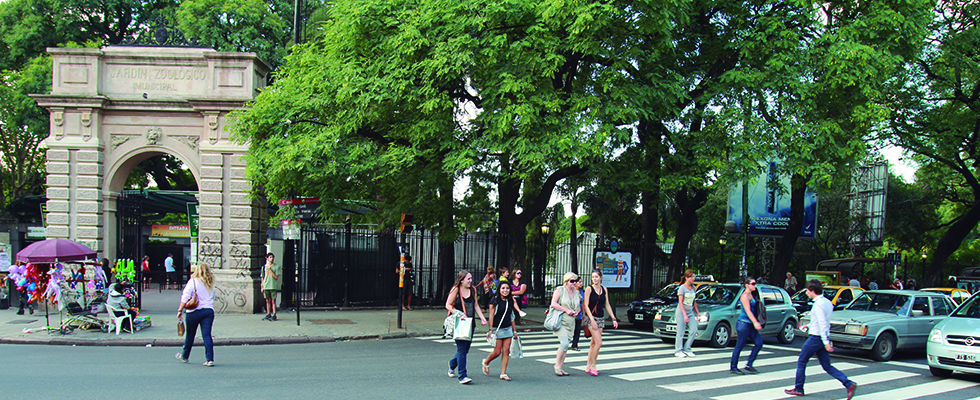Buenos Aires Eco-park (former zoo)
The historic Buenos Aires Zoo has re-opened as an interactive eco-park, improving animals' standards of living, and offering visitors a more educational and fulfilling experience for all the family.
In June 2016, the Buenos Aires City Government took the decision to close the 140-year-old Buenos Aires Zoo and release about 2,500 animals (the majority of the zoo's population) into the wild because it believed that nowadays it was no longer acceptable for animals to be kept captive.
The site of the former zoo is now being transformed into a modern, interactive Eco-park that aims to raise awareness of environmental issues and the importance of protecting animals' natural habitats both in Argentina and internationally.
The new park has no animals in permanent captivity, but houses animals in need of medical care, including those of the former zoo that were no strong enough to be released into the wild. Some animals are kept on-site while specialists help prepare them for re-insertion into the wild. In order to better protect the wildlife within the park, it opens fewer hours than the zoo, permits a maximum of 2,000 visitors each day, and does not allow visitors to feed the animals.
Work is ongoing, but the eco-park is already open so that visitors can be part of the transformation process.
The historic zoo
Although the historic Buenos Aires Zoo is in the process of being transformed into a modern eco-park, visitors can still appreciate its original Victorian-era architecture. The pavillions, which have been declared national historic monuments, reflect the traditional architecture of the countries that the different animals came from - with Moorish, Indian, Chinese and Greek/Roman-style buildings. The former zoo also boasts numerous pieces of art including work by Argentine scultress Lola Mora.
